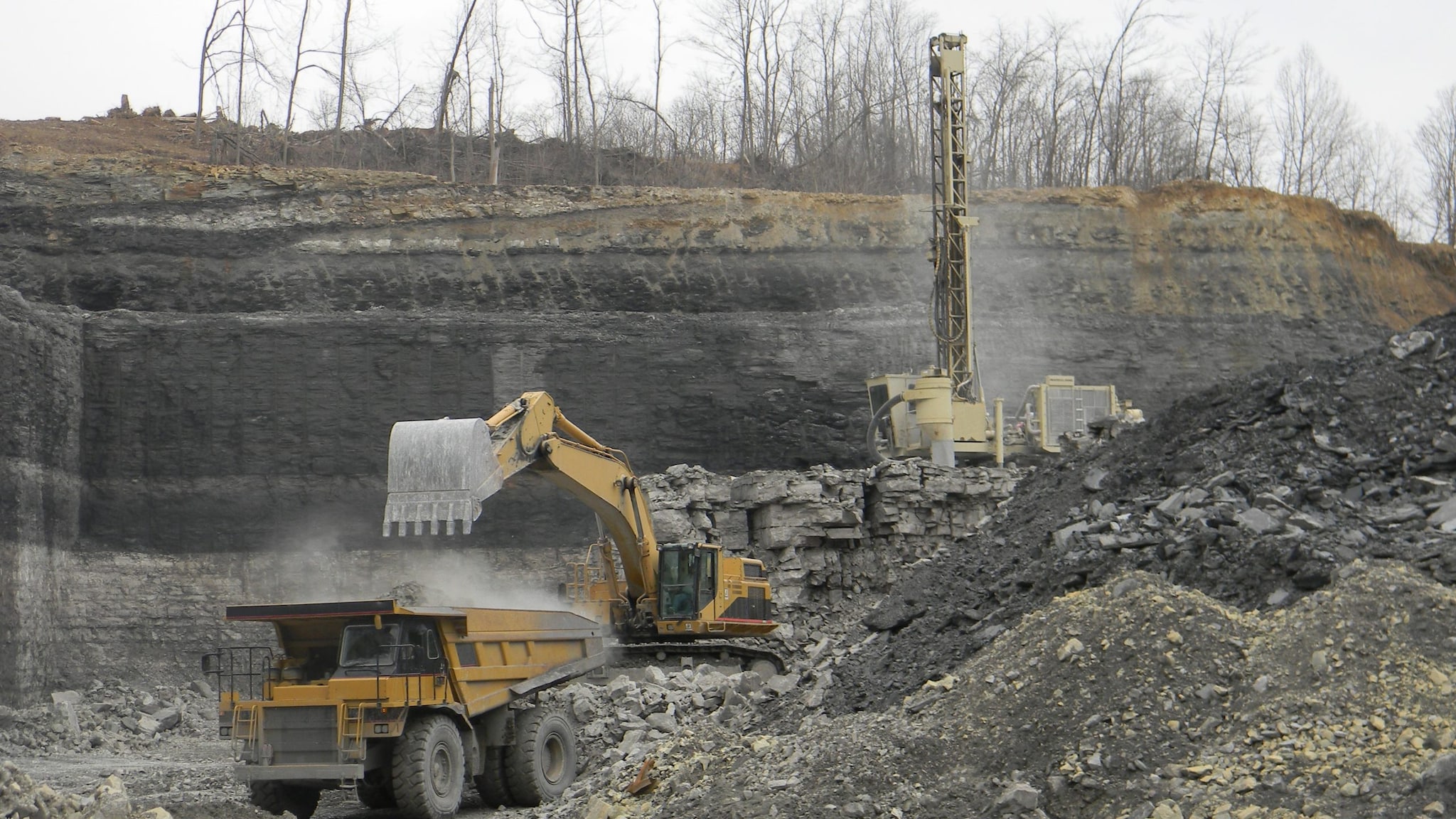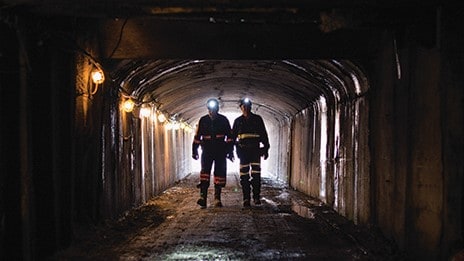Key points
- The Mining Program’s aims to eliminate mining fatalities, injuries, and illnesses through relevant research and impactful solutions.
- The Program works with many partners to foster an industry of safe mines and healthy workers.

Overview

The Mining Program works on behalf of mine workers to:
- reduce occupational illnesses,
- reduce traumatic injuries and fatalities,
- reduce risk of mine disasters,
- and improve post-disaster survivability.
The Program works with partners to share information and solutions about the most pressing health and safety issues. This work covers all types of mines, including metal, minerals, stone, coal, and sand and gravel. Accordingly, this extends to surface and underground operations along with the associated plants, mills, shops, and offices.
Program priorities
The Mining Program has selected research priorities on the basis of burden, need, and impact. The program collaborated with other NIOSH research programs to write the research goals in the NIOSH Strategic Plan for FYs 2019-2026. Priority areas include (but are not limited to):
- Reduce exposures to dusts, pollutants, heat, noise, and repetitive motion.
- Prevent injury/death from machinery, rock falls, materials handling, etc.
- Improve the likelihood of rescue and miner survival if disaster strikes.
What we've accomplished
In 2022-2023, the Program:
- Established a consolidated Miner Health Program web page to give health and safety practitioners and researchers streamlined access to health-related resources.
- Released a heat stress training module for use by workplace trainers and workers to recognize and reduce heat stress incidents in workplaces.
- Disseminated Emergency decision-making training software for miners and rescue teams to increase ability to escape mine fires and other emergencies.
- Demonstrated virtual reality (VR) mine rescue training platform to the Mine Safety and Health Administration (MSHA) to improve realism of mine rescue training.
- Designed mobile machine battery enclosures based on NIOSH research for mines to use in preventing thermal runaway and resulting fires that can be extremely difficult to extinguish.
- Launched the Air Quantity Estimator (AQE) software to help mine operators predict mine airflow to not exceed statutory levels of diesel particulate matter.
What's ahead
In the future, the Program aims to:
- Complete evaluations of novel RCS monitoring methods needed for silicosis prevention programs.
- Produce opioid hazard awareness training in collaboration with MSHA.
- Provide evidence-based guidelines for safe mining around gas wells.
- Evaluate the efficacy of using exoskeletons for mining tasks.
- Construct theoretical framework to identify new hazards for miners working with autonomous equipment.
- Release the Framework to inform risk mitigation efforts of potentially disastrous seismic events.
Resources
More information on specific workplace safety and health topics and useful resources can be found on the following pages:
- Mining Program Main Page
- The Miner Health Program
- NIOSH Mine Safety and Health Technology Innovations Award
NORA Council
The Mining Program helps lead the National Occupational Research Agenda (NORA) Mining Sector Council. The council brings together individuals and organizations to share information, form partnerships, and promote adoption and dissemination of solutions that work.
